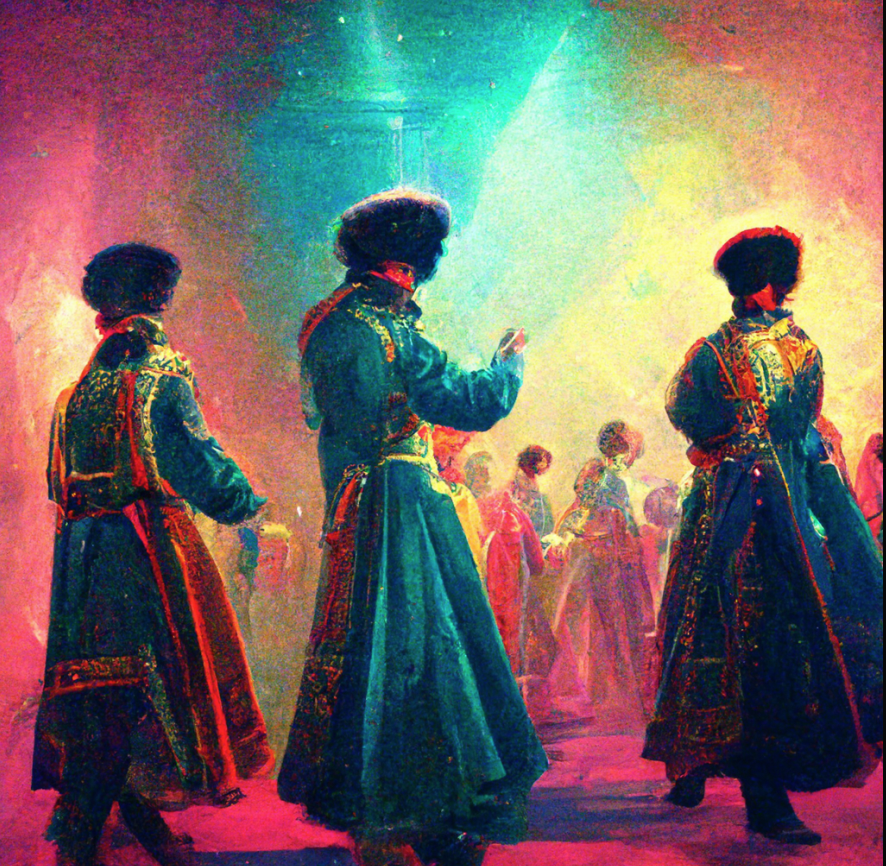The hype about ChatGPT brings AI to the attention of a wider audience. It might even seem that AI has now reached a level in which many tasks that we originally thought to be in the human domain and not in the machine domain might be taken away from us. But is that really true?
We thought humans could calculate – now machines can do this far better than us.
We thought that humans could talk – now you can talk with your computer or your car.
We thought that humans can paint – now machines can do this as well.
We thought that humans can write and synthesize knowledge – now ChatGPT can do this as well, even better in many circumstances, and certainly much faster than any human would do it.
Still, we would never say that machines make humans superfluous only because they can do certain things much better than us – even if we thought these tasks are unique for humans. But what exactly is it that sets us apart from our creations? They can do many things that we can do, even better, but still they are not human. Why?
Let’s consider art. Machines can paint now. They can generate images so fast and in such quantity that there are not enough humans in the world to even glance at all the pictures that can now be generated. But does it make it art? Even though the machine can generate pictures that really look astonishing, they do not look necessarily like a piece of art. The machine has just learned how other pictures look like and now it can combine them to new pictures. Of course, all great artists steal from each other, but they also know what to steal and how to do it well. And in my opinion, the heart of the matter is the what. For the machine, every picture is the same. It does not have any taste, it does not know how to curate. The real art is in deciding what goes into a picture and what to leave out.
In this sense, the real human touch is curation, the decision process with the end in mind to create something that can touch the hearts of other human beings. And this decision process is where the real core of being an artist is in, not in the tools you use for creating the art. From this perspective, artificial intelligence is just another tool in the toolbox of an artist, not an artist by itself that replaces human artists.
We can also look at this development from another angle – the beginnings of the visual arts have been simple drawings on cave walls with pieces of coal. Since then, we have invented more and more sophisticated ways to create pictures: Pencils, oil and acrylic paints, lithography and even drawing on a computer, with many thousands of electronic tools at our disposal. Still, we do not consider simple drawings just with one colour less artistic than an image created on the computer. Just consider Picasso’s Dove of Peace, which is still today considered one of the most impressive works of art, and nothing a computer could do would make it more artistic. Thus the sophistication of the tools does not make for greater artistry, and it certainly does not replace the artist. It just refines its role even more.
And in my opinion, the same line of reasoning applies to other professions as well.
Electronic calculators did not replace mathematicians – they even made them more productive and let them look deeper into the realms of the abstract and of patterns.
And in a similar fashion, ChatGPT and all the other tools to follow will not make writers obsolete – instead, they will have more time to think about what they actually want to tell their readers instead of having to think hard about each single sentence.
So I think that this is just another step in a development that we as humans are doing over the course of our civilization. We discover tools to take over tasks that once we had to do ourselves, but instead of deplenishing us of things to do, we use these new tools to expand and enhance our creative powers even further, while refining the borders between the really creative parts of our life and the purely mechanical, automatable ones.
This process has been on the way since the dawns of civilization, and ChatGPT & co have just shown us that we have reached a new level in this process.
